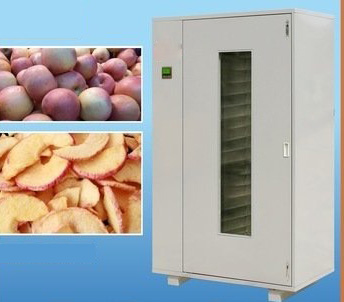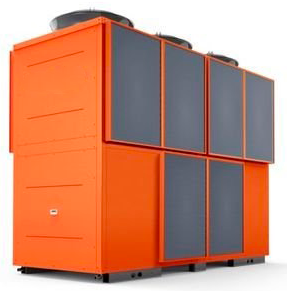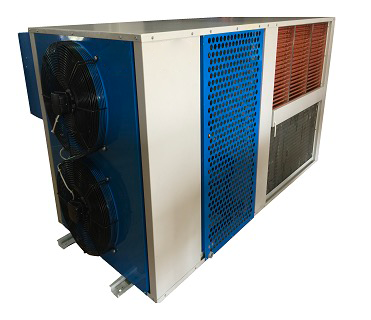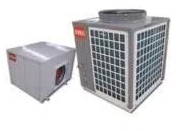
Content Menu
● Introduction
● How Heat Pump Dryers Work
● Benefits of Heat Pump Dryers
>> Energy Efficiency
>> Gentle Fabric Care
>> Environmental Impact
● Installation and Maintenance
● Cost Considerations
● Smart Features and Technology
● Choosing the Right Heat Pump Dryer
● Conclusion
● Common Questions and Answers
>> Q1: How much energy can I save with a heat pump dryer?
>> Q2: Do heat pump dryers take longer to dry clothes?
>> Q3: Are heat pump dryers worth the higher initial cost?
>> Q4: Do heat pump dryers require special maintenance?
>> Q5: Can heat pump dryers be installed anywhere?
Introduction
A heat pump dryer represents a revolutionary advancement in laundry technology, offering an energy-efficient and environmentally friendly alternative to conventional clothes dryers. This innovative appliance has gained significant popularity in recent years, particularly among environmentally conscious consumers and those looking to reduce their energy bills.
How Heat Pump Dryers Work
Heat pump dryers operate on a sophisticated closed-loop system that sets them apart from traditional dryers. Instead of expelling warm air outside, these machines recycle and reuse hot air through a unique heat exchange process. The system consists of several key components working in harmony:
- An evaporator that removes moisture from the air
- A condenser that reheats the air
- A compressor that circulates refrigerant
- A sealed system that continuously recycles air

Benefits of Heat Pump Dryers
Energy Efficiency
The most significant advantage of heat pump dryers is their exceptional energy efficiency. These appliances can reduce energy consumption by up to 50% compared to conventional dryers. This remarkable efficiency is achieved through the innovative heat exchange system that recycles hot air instead of continuously generating new heat.
Gentle Fabric Care
Heat pump dryers operate at lower temperatures than traditional dryers, making them significantly gentler on clothes. This lower-temperature operation helps preserve fabric quality, reduce wear and tear, and extend the lifespan of your garments. Delicate items and special care fabrics can be dried with greater confidence.
Environmental Impact
The environmental benefits of heat pump dryers are substantial. Their reduced energy consumption directly translates to a lower carbon footprint. Additionally, these appliances don't require external venting, making them more versatile in terms of installation options and reducing heat loss to the environment.
Installation and Maintenance
Heat pump dryers offer flexible installation options since they don't require external venting. This makes them ideal for apartments, condominiums, and other spaces where traditional venting might be challenging. However, proper maintenance is essential for optimal performance:- Regular filter cleaning
- Condenser unit maintenance
- Proper placement for adequate airflow
- Periodic system checks

Cost Considerations
While heat pump dryers typically have a higher initial purchase price compared to conventional dryers, the long-term savings on energy costs can make them a worthwhile investment. Factors to consider include:
- Initial purchase price
- Energy savings over time
- Reduced maintenance costs
- Extended clothing lifespan
- Potential utility rebates
Smart Features and Technology
Modern heat pump dryers often come equipped with advanced features that enhance their functionality and user experience:
- Moisture sensors for optimal drying
- Smart connectivity options
- Multiple drying programs
- Energy consumption monitoring
- Delayed start options
- Wrinkle prevention cyclesv
Choosing the Right Heat Pump Dryer
When selecting a heat pump dryer, consider these key factors:
- Capacity requirements
- Available space
- Energy efficiency ratings
- Brand reputation
- Warranty coverage
- Additional features
- Budget constraints
Conclusion
Heat pump dryers represent a significant advancement in laundry technology, offering superior energy efficiency, gentle fabric care, and environmental benefits. While the initial investment may be higher, the long-term advantages make them an increasingly popular choice for modern households. As technology continues to evolve and energy costs rise, heat pump dryers are likely to become the standard in home laundry care.

Common Questions and Answers
Q1: How much energy can I save with a heat pump dryer?
A: Heat pump dryers typically use 40-50% less energy than conventional dryers, resulting in significant annual energy savings. The exact amount depends on usage patterns and local energy rates.
Q2: Do heat pump dryers take longer to dry clothes?
A: Yes, heat pump dryers generally take about 30-45 minutes longer than conventional dryers due to their lower operating temperatures. However, this longer drying time contributes to better fabric care and energy efficiency.
Q3: Are heat pump dryers worth the higher initial cost?
A: For households that frequently use their dryer, the energy savings typically offset the higher purchase price within 3-5 years. Additionally, the gentler drying process helps clothes last longer, providing additional value.
Q4: Do heat pump dryers require special maintenance?
A: While they don't require extensive maintenance, regular cleaning of filters and the condenser unit is essential for optimal performance. This maintenance is generally simpler than dealing with traditional dryer vent cleaning.
Q5: Can heat pump dryers be installed anywhere?
A: Heat pump dryers offer more flexible installation options since they don't require external venting. However, they still need adequate space for air circulation and access for maintenance.












